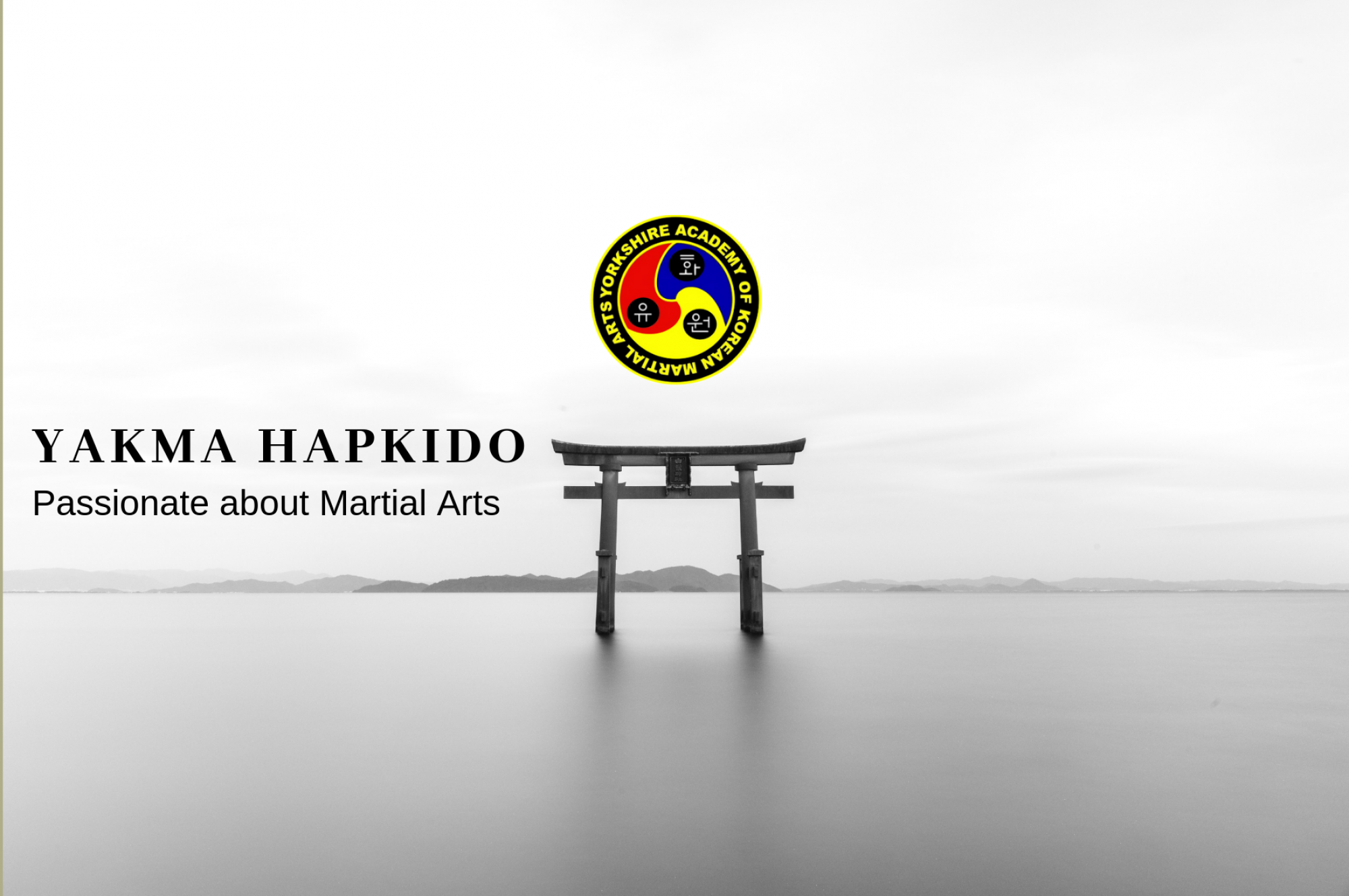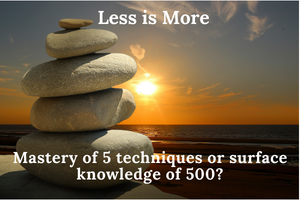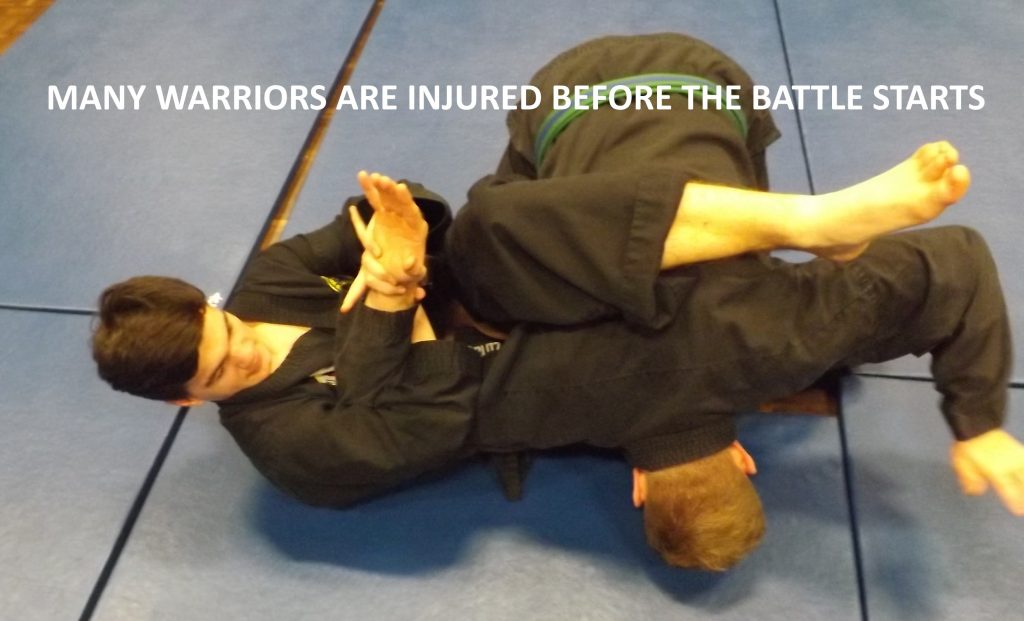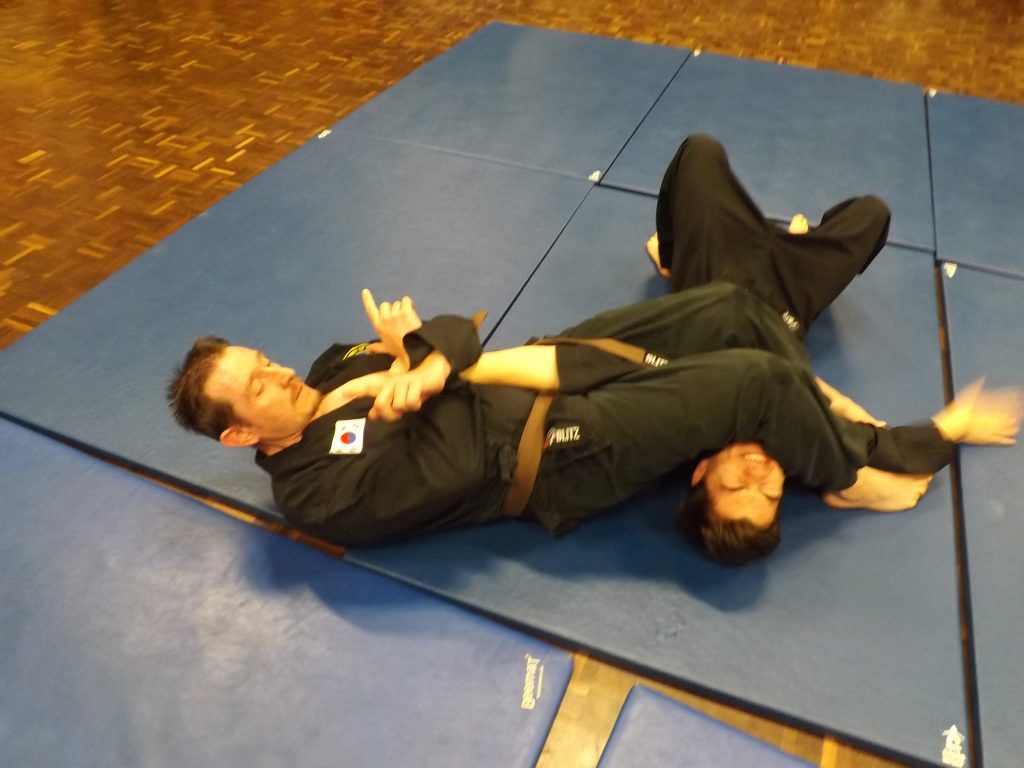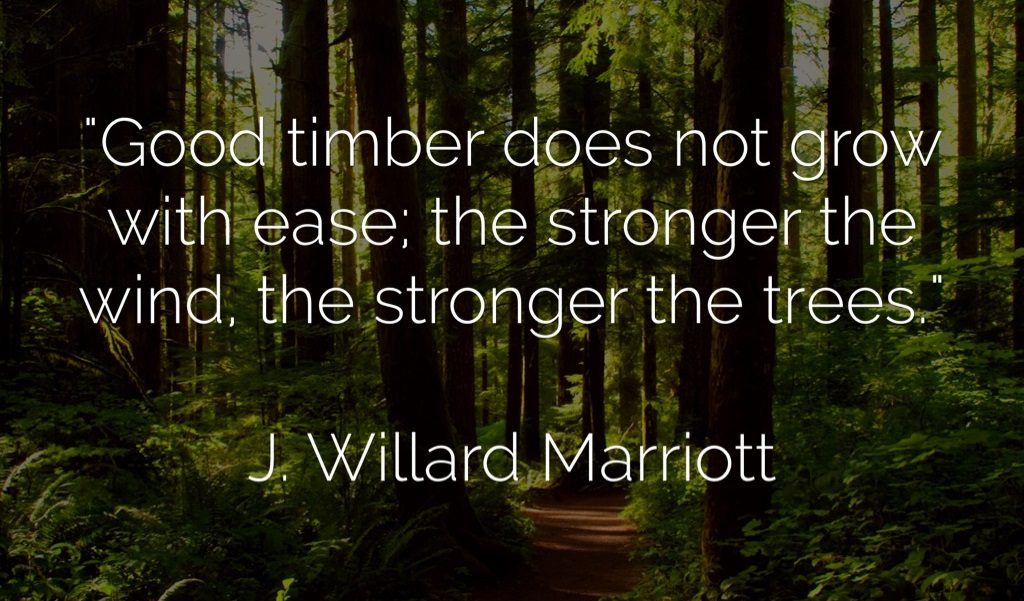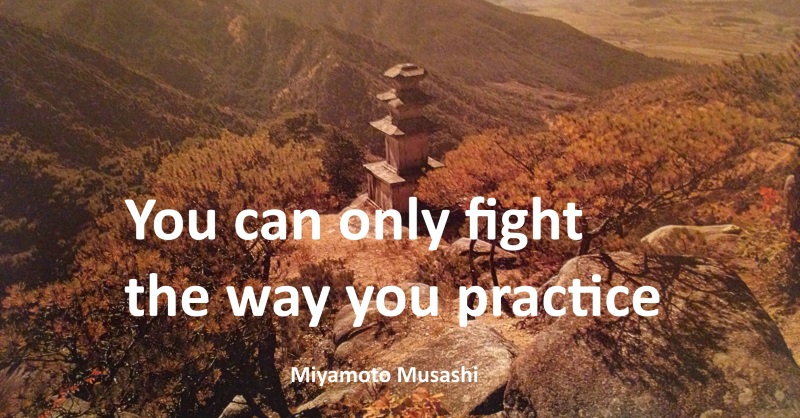
One of the frustrating things I find in teaching martial arts is when a new student repeatedly says “I can’t” before they have tried something or even after they have tried it. “I can’t” is not an acceptable phrase in YAKMA classes and students are told not to use it.
If anyone else said to a student “You can’t do this” I’m pretty sure they would feel insulted and yet they happily say it about themselves. This negative attitude serves no useful purpose whatsoever, it simply reinforces the belief that the students can’t do a particular exercise.
If any of my students are struggling with a technique, I ask them to replace “I can’t” with “I am currently experiencing difficulties with this particular move”, they are often amused by this phrase and are happy to use it.
“I can’t” is the easiest option, if you assume you can’t do a thing then all you have to do is leave it and do something that is easy. But this overlooks one of, if not the major advantage of martial arts.
Often when starting martial arts students find difficulty with certain aspects, sometimes they appear almost impossible and sometimes very scary. If you apply yourself correctly you will find that the “impossible” becomes achievable and eventually even easy. By repeatedly, successfully overcoming obstacles in our training we eventually learn not to assume we can’t do things. We gain confidence in our ability to achieve difficult objectives.
So how do we adopt a more positive attitude to training and ultimately to everything we do in or outside the dojang?
- Look around and ask yourself if other students can perform a technique, why can’t you? Look at what you are doing differently to them.
- Remind yourself that you are here to learn, if you could competently perform all the moves already why would you be in the class?
- Who told you martial arts was easy? It’s not meant to be easy; it should be challenging. How else would you gain perseverance, positivity, or confidence?
- What have you got to lose by giving this your best shot?
- How can you fail unless you stop trying?
- Consider whether the students who can perform this technique could do so when they first started martial arts?
- Think of the satisfaction you’ll get when you master the technique.
There are many benefits to a positive attitude:
Physical benefits may include:
- Longer life
- Better physical health
- Improved immunity
- Lower blood pressure
- Improved cardiovascular system
- Stress management
- Better pain tolerance
Mental benefits may include:
- Increased creativity
- Improved problem-solving
- Clearer thinking
- Improved mood
- Better problem tolerance
- Less depression
“I am an optimist. It does not seem too much use being anything else.” Winston Churchill”
